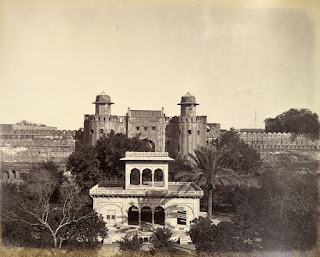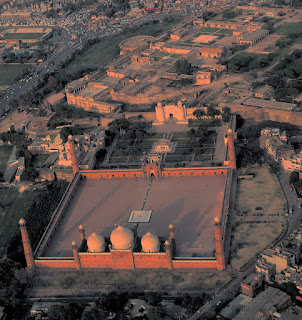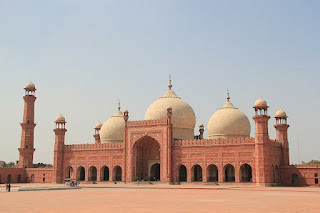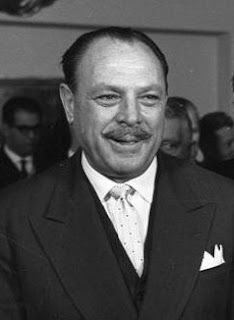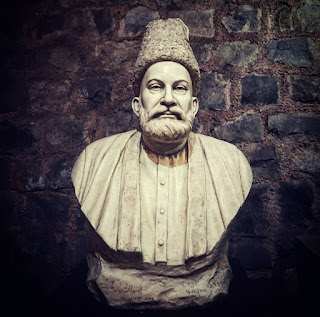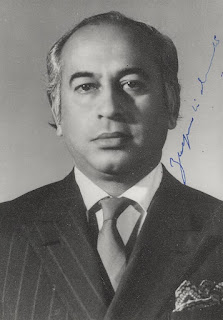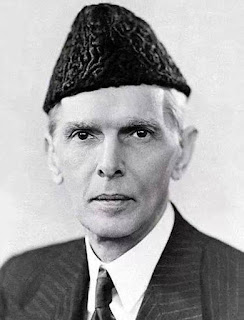Conceived Muhammad Iqbal 9 November 1877 Sialkot, Punjab, British India (present-day Punjab, Pakistan) Kicked the bucket 21 April 1938 (matured 60) Lahore, Punjab, British India (present-day Punjab, Pakistan) Identity English Indian Schooling Scotch Mission College (F.A.) Government College (BA, MA) College of Cambridge (BA) College of Munich (PhD) Striking work Bang-e-Dara,Tarana-e-Milli, The Secrets of the Self, The Secrets of Selflessness, Message from the East, Persian Psalms, Javid Nama, Sare Jahan se Accha (more works) Period twentieth century reasoning Locale Islamic way of thinking Proposal The Development of Metaphysics in Persia Doctoral counsel Fritz Hommel Fundamental interests Modernized Islam, Urdu verse, Urdu writing, Persian verse, Law, History, Metaphysics, Islamic communism Striking thoughts Allahabad Address Impacts Bismil Azimabadi Vladimir Lenin Mir Sayyid Ali Hamadani Syed Mir Hassan Rumi Sayyid Ali...
